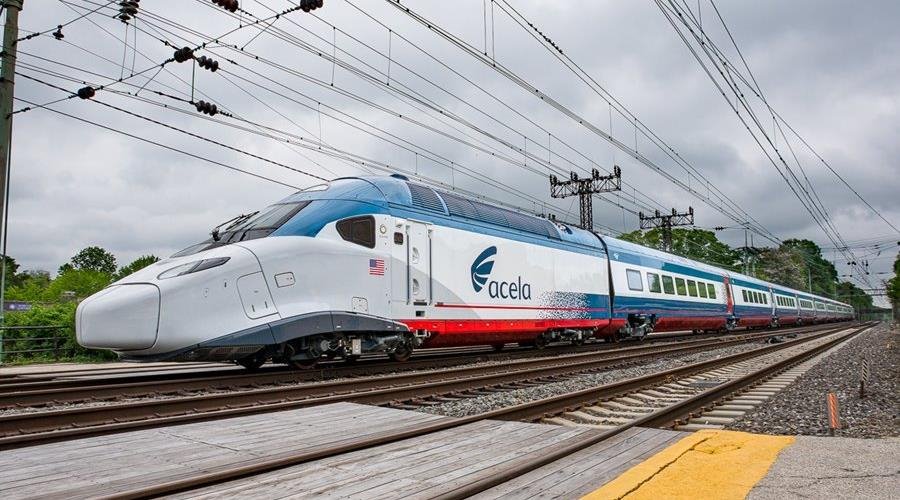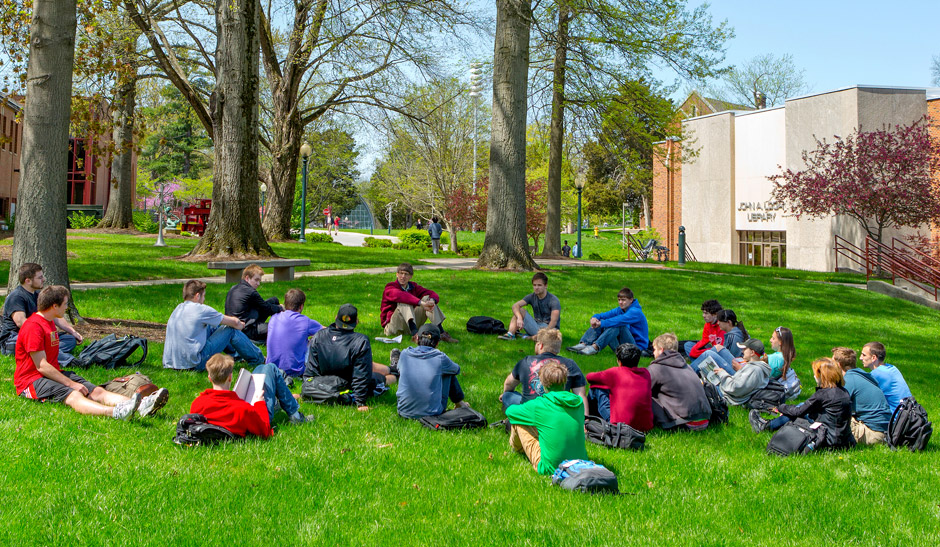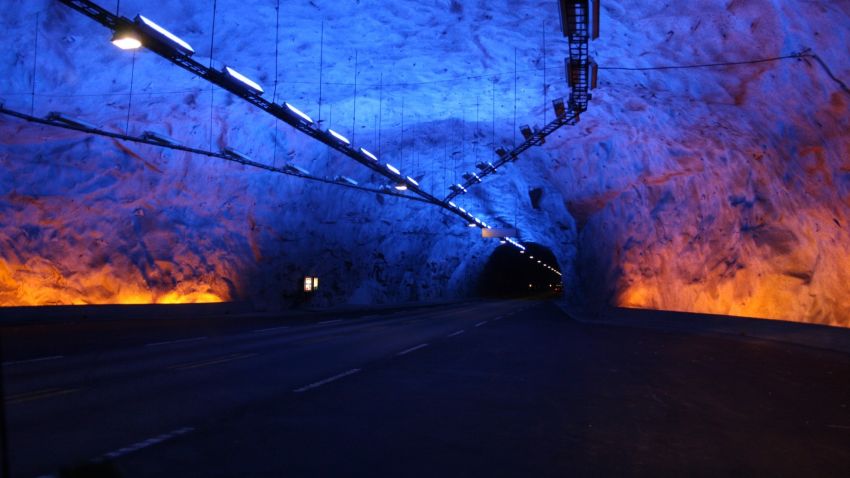5 Countries Where Trains Are Fastest
5 Countries Where Trains Are Fastest


While Americans take to the open road this summer, people elsewhere in the world enjoy trips via high-speed rail.
For most parts of the United States, passenger rail is an afterthought. Even on the Northeast Corridor, where Amtrak’s Acela has a good-size market share, trains can sometimes be subject to long delays and achieve only moderately high speeds.
But as any international traveler can tell you, there are many countries where train travel is not only preferred, but also where the high-speed rail service can be faster than alternatives such as driving or even commercial flights. Some of these lines are world famous.
Here are five countries where rail is the fastest.
Japan started the high-speed rail industry with its Shinkansen service, inaugurated in 1964 with the line running from Tokyo to Osaka. Known by the nickname “bullet train,” the Shinkansen service runs the length of Japan and connects almost all its major cities. The network of high-speed trains, the fastest of which reaches 200 mph, carries more than 350 million passengers each year.
The oldest portion of the network, called the Tokaido Shinkansen, was recognized as an Engineering Landmark by ASME in 2000. In addition to the traditional wheel-on-rail rolling stock, the country is building a 177-mile magnetically levitated line that should hurtle trains at more than 300 mph when it opens in 2027.
Paris is the capital and largest city in France, and it makes sense that the high-speed rail network radiates from there to the rest of the country. The service, called TGV, short for Train à Grande Vitesse (or disappointingly, “high-speed train”), began with a connection between Paris and Lyon, and now handles more than 120 million passengers a year. The system required building a separate, gently curving set of tracks, since the curves found on standard rail lines would create large centripetal forces pushing the passengers to the side. Although a modified TGV train holds the speed record for a conventional train—some 357 mph—regular passenger service runs at a more modest 200 mph.
Spain may not be the first place you think of for high-speed trains, but not only does it have the largest network in Europe, it also made an important technological contribution. In the 1980s, the Spanish railcar manufacturer Talgo developed a system that enables trains to tilt toward the inside of a curve when it travels at high speed; the centripetal force that would normally force passengers outward instead pushes them toward the floor, which is less disorienting. The allows trains to travel faster on curved track than would otherwise be possible.
Today, the Spanish high-speed rail network stretches 2,600 miles and connect with the French network via a tunnel under the Pyrenees Mountains.
Legal issues created delays in building the German high-speed rail network, but the country is catching up in a big way. It has nearly 2,000 miles of high-speed track under construction and the trainset company Siemens builds high-speed trains used on rail systems in Russia, China, Turkey, England, and elsewhere. One Siemens-built train set the record for an unmodified production rail vehicle, clocking in at 250 mph, though the trains on Germany’s Intercity Express, its high-speed rail network, run at 200 mph or less.
China started building its high-speed rail network around 20 years ago, but it has done so with incredible vigor. The nation now boasts of some 25,000 miles of track suitable for high-speed service—around two-thirds of the world total—although parts of that network are suitable only for speeds of around 120 mph. Due to the extensive nature of the rail system in China and the nations great size, the high-speed rail system is widely used, with most years seeing more than 2 billion passengers. While the first high-speed trains built in China were part of joint ventures with rail manufacturers from Germany, Japan, France, and Canada, the rail ministry now is involved in exporting Chinese rail technology around the world.
The United States has lagged when it comes to passenger rail speeds. For instance, in May 2023 Amtrak proudly announced an upgrade on its Chicago-to-Saint Louis route, but only to 110 mph, which isn’t considered high-speed in most countries. And 28 new Acela trainsets, costing more than $2 billion, have yet to be cleared for service after three years in a rail yard.
The problem is infrastructure. Nations with dedicated high-speed rail usually have a national, publicly owned railroad network and the ability to build out new rail lines as necessary. In the U.S., most of the rails are privately owned and dedicated to freight traffic, with passenger as an afterthought. And while the Northeast Corridor between Boston and Washington, where the Acela trains operate, is owned by Amtrak, the line was built more than 100 years ago and can’t support trains running at high speeds. The service reaches a maximum speed of 150 mph over less than 50 miles of track and averages a pokey 66 mph between Boston and New York.
Jeffrey Winters is editor in chief of Mechanical Engineering magazine.
But as any international traveler can tell you, there are many countries where train travel is not only preferred, but also where the high-speed rail service can be faster than alternatives such as driving or even commercial flights. Some of these lines are world famous.
Here are five countries where rail is the fastest.
Japan
Japan started the high-speed rail industry with its Shinkansen service, inaugurated in 1964 with the line running from Tokyo to Osaka. Known by the nickname “bullet train,” the Shinkansen service runs the length of Japan and connects almost all its major cities. The network of high-speed trains, the fastest of which reaches 200 mph, carries more than 350 million passengers each year.
The oldest portion of the network, called the Tokaido Shinkansen, was recognized as an Engineering Landmark by ASME in 2000. In addition to the traditional wheel-on-rail rolling stock, the country is building a 177-mile magnetically levitated line that should hurtle trains at more than 300 mph when it opens in 2027.
France
Paris is the capital and largest city in France, and it makes sense that the high-speed rail network radiates from there to the rest of the country. The service, called TGV, short for Train à Grande Vitesse (or disappointingly, “high-speed train”), began with a connection between Paris and Lyon, and now handles more than 120 million passengers a year. The system required building a separate, gently curving set of tracks, since the curves found on standard rail lines would create large centripetal forces pushing the passengers to the side. Although a modified TGV train holds the speed record for a conventional train—some 357 mph—regular passenger service runs at a more modest 200 mph.
Spain
Spain may not be the first place you think of for high-speed trains, but not only does it have the largest network in Europe, it also made an important technological contribution. In the 1980s, the Spanish railcar manufacturer Talgo developed a system that enables trains to tilt toward the inside of a curve when it travels at high speed; the centripetal force that would normally force passengers outward instead pushes them toward the floor, which is less disorienting. The allows trains to travel faster on curved track than would otherwise be possible.
Today, the Spanish high-speed rail network stretches 2,600 miles and connect with the French network via a tunnel under the Pyrenees Mountains.
Germany
Legal issues created delays in building the German high-speed rail network, but the country is catching up in a big way. It has nearly 2,000 miles of high-speed track under construction and the trainset company Siemens builds high-speed trains used on rail systems in Russia, China, Turkey, England, and elsewhere. One Siemens-built train set the record for an unmodified production rail vehicle, clocking in at 250 mph, though the trains on Germany’s Intercity Express, its high-speed rail network, run at 200 mph or less.
China
China started building its high-speed rail network around 20 years ago, but it has done so with incredible vigor. The nation now boasts of some 25,000 miles of track suitable for high-speed service—around two-thirds of the world total—although parts of that network are suitable only for speeds of around 120 mph. Due to the extensive nature of the rail system in China and the nations great size, the high-speed rail system is widely used, with most years seeing more than 2 billion passengers. While the first high-speed trains built in China were part of joint ventures with rail manufacturers from Germany, Japan, France, and Canada, the rail ministry now is involved in exporting Chinese rail technology around the world.
What about the U.S.?
The United States has lagged when it comes to passenger rail speeds. For instance, in May 2023 Amtrak proudly announced an upgrade on its Chicago-to-Saint Louis route, but only to 110 mph, which isn’t considered high-speed in most countries. And 28 new Acela trainsets, costing more than $2 billion, have yet to be cleared for service after three years in a rail yard.
The problem is infrastructure. Nations with dedicated high-speed rail usually have a national, publicly owned railroad network and the ability to build out new rail lines as necessary. In the U.S., most of the rails are privately owned and dedicated to freight traffic, with passenger as an afterthought. And while the Northeast Corridor between Boston and Washington, where the Acela trains operate, is owned by Amtrak, the line was built more than 100 years ago and can’t support trains running at high speeds. The service reaches a maximum speed of 150 mph over less than 50 miles of track and averages a pokey 66 mph between Boston and New York.
Jeffrey Winters is editor in chief of Mechanical Engineering magazine.










